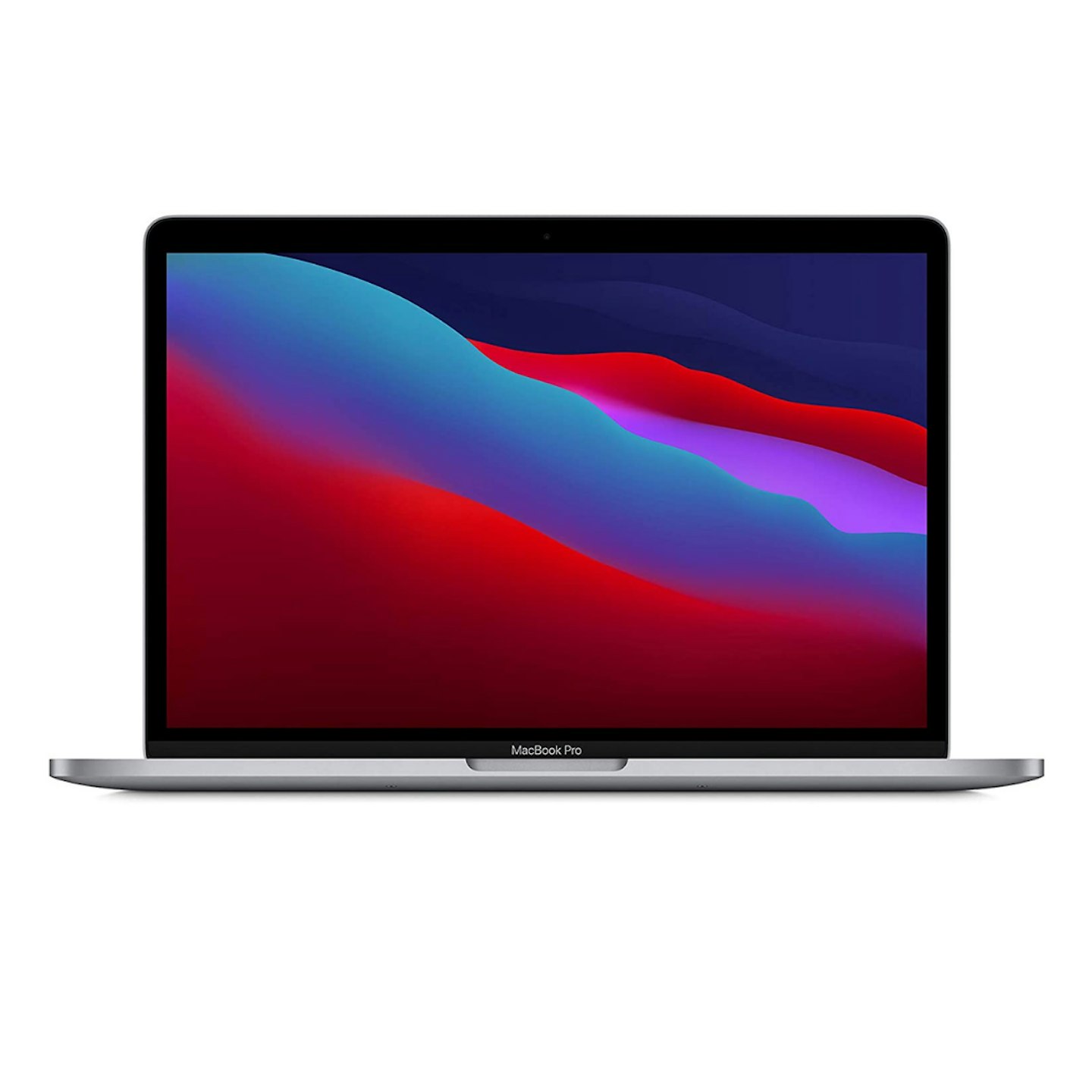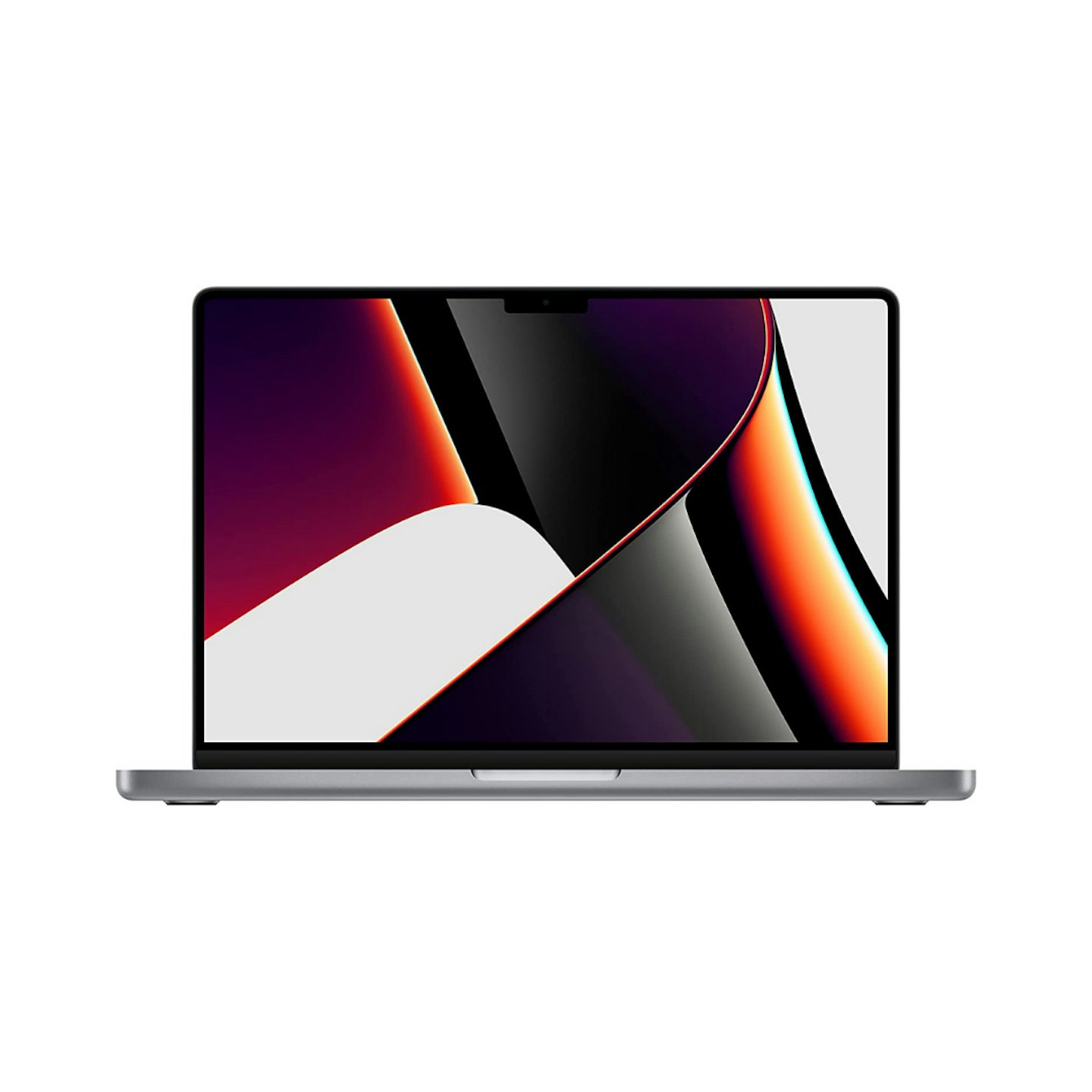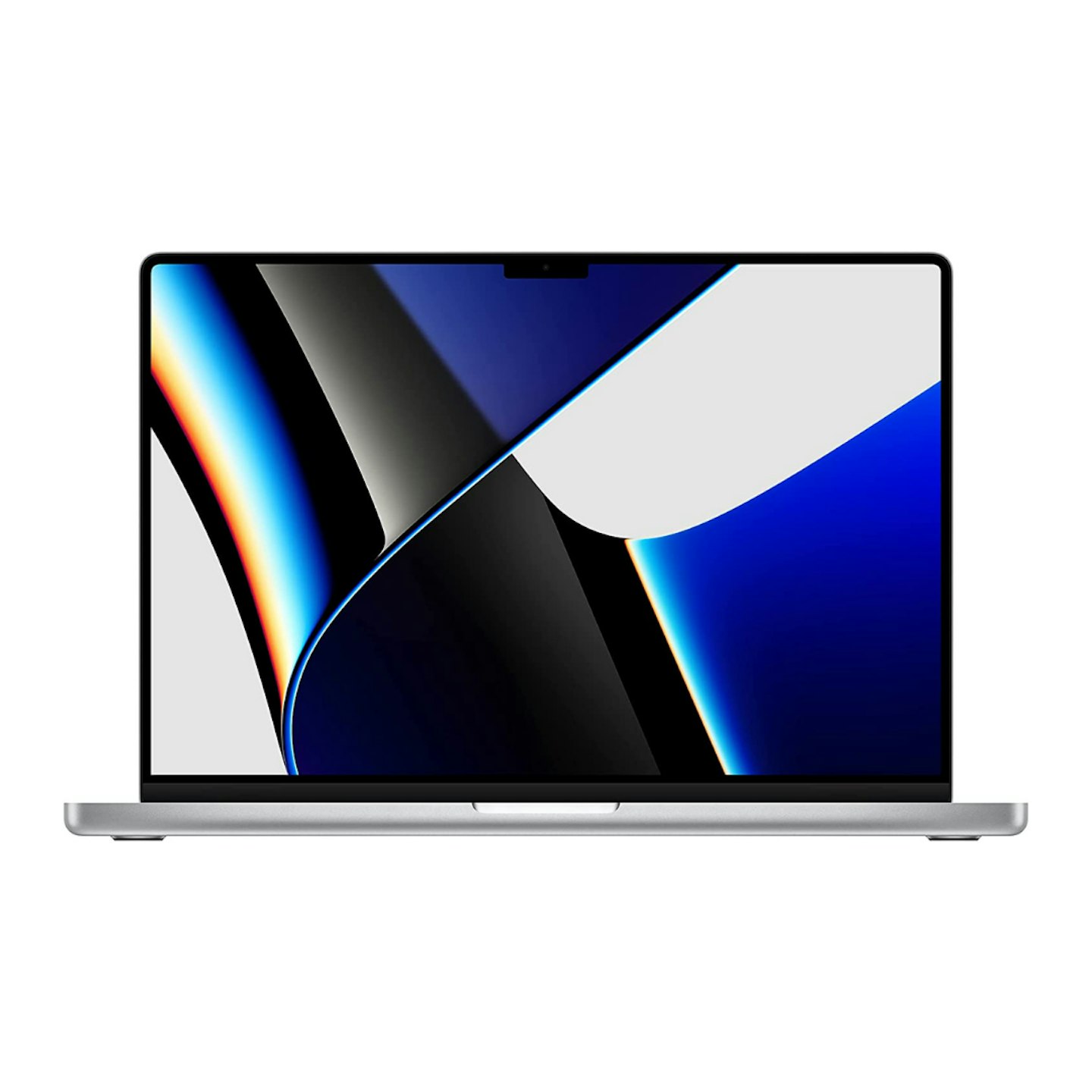Apple’s notebook range is premium country.
For cutting-edge performance, retina-defying displays and lightning-fast graphics – housed in the cleanest frame money can buy - this is where to start looking.
Just as the phones, watches and electric tags Apple produces are quality items, so too is the MacBook, but be prepared to dig deep for one as the tech and build quality are reflected in the top-end price tags. They are among the most expensive on the market, but for a lot of money, you do get a lot of laptop. The question is - which laptop should you get?
Apple’s MacBook range is split into two product families: Air and Pro. Apple has long touted the two based on their virtues over the other – the Air being the more portable option while the Pro has better performance (and is slightly dearer for it).
Today, however, the line isn’t so clear cut, as the two models share much of the same tech, materials and design across the range.
To help make your decision a little bit easier, we’ve put together a comparison of the two models, guiding you through their true virtues. Whichever you end up with should not just be a top laptop, it should suit you and your computing needs.
Performance: Keep Calm and Carry M1
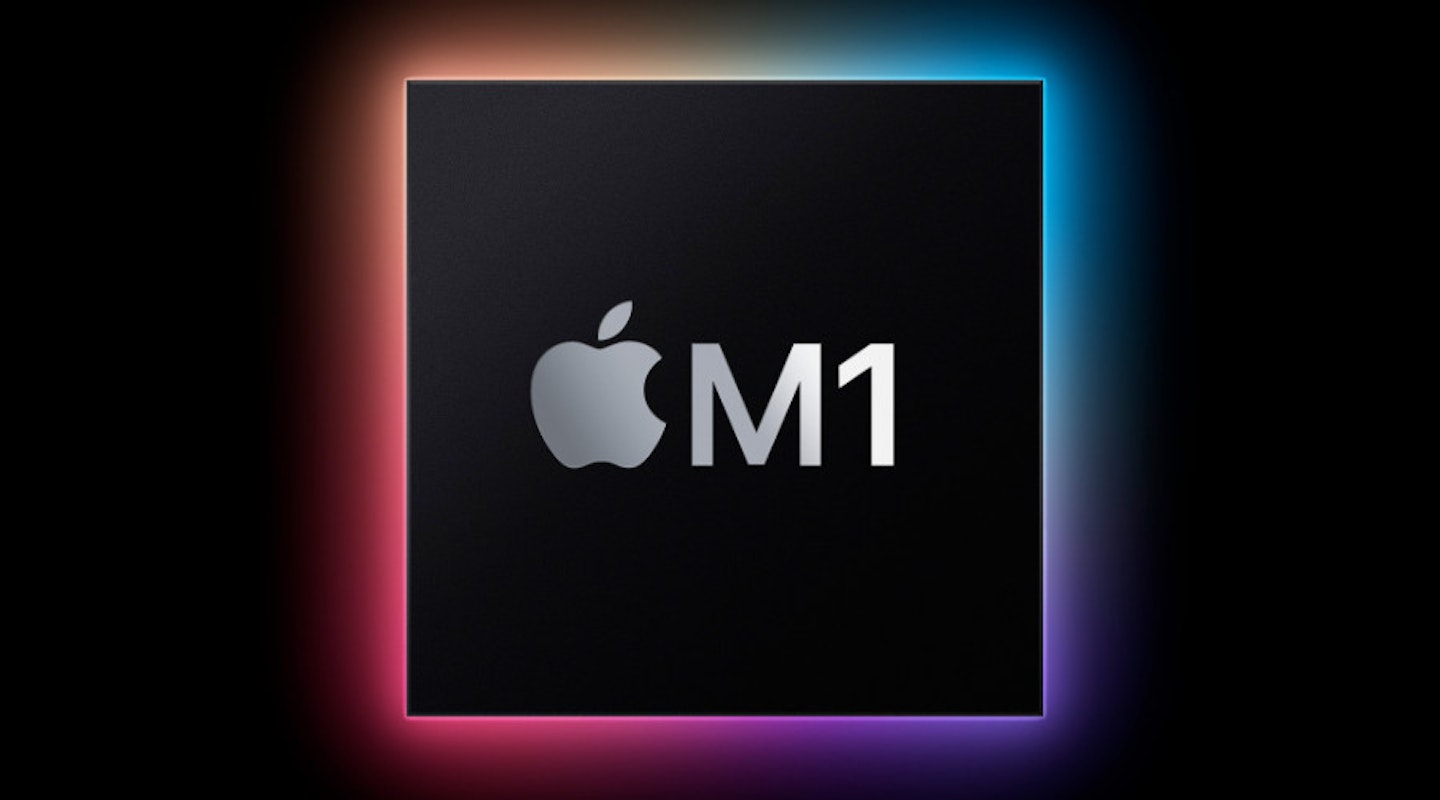
Apple is nearing the end of a seismic processing shift, from X86-64 processors supplied by Intel to Apple’s new in-house chip series: Apple Silicon. This is the first time Mac has switched instruction set architecture since 2006, so it’s a big deal.
The M1 chip is the new central and graphics processing unit onboard the MacBook. Compared to previous processors, it’s a serious step forward in performance, offering up to five times faster graphics with industry-best thermal efficiency for an incredibly snappy system.
The M1 is one of the best and most powerful chips on the market but presents a difficult decision in the context of Air vs Pro since the M1 is included in both.
The MacBook Air and base model 13” MacBook Pro both feature the M1 as standard, but moving up the Pro range to 14” and 16” opens up alternatives.
Both the 14” and 16” versions can be configured to include the more powerful M1 PRO or M1 MAX chips. Both offer up to a 10-Core CPU, but after that the MAX is the far more powerful option, offering double the GPU (32-Core), unified memory (64GB), and memory bandwidth (400GB/s) as the PRO. Note, however, specifying an M1 MAX chip over the standard M1 PRO will bump the price up another £500 or £700, depending on the model.
Verdict: The regular M1 is a very powerful chip, ushering in the next era of Mac processing. For regular laptop users, a MacBook Air or 13” MacBook Pro would more than suffice your needs with it onboard.
However, if you require something that won’t break a sweat editing streams of 8K video, modelling 3D animation or chowing down on some plug-ins in Logic Pro, you may want to opt for the more powerful M1 PRO or MAX chips of the upper MacBook Pro range.
RELATED::a[Chromebook vs Laptop: which is best?]{href='https://www.whatsthebest.co.uk/tech/electronics/chromebook-versus-laptop/' target='_blank' rel='noreferrer noopener'}
Displays: The Game of Tones
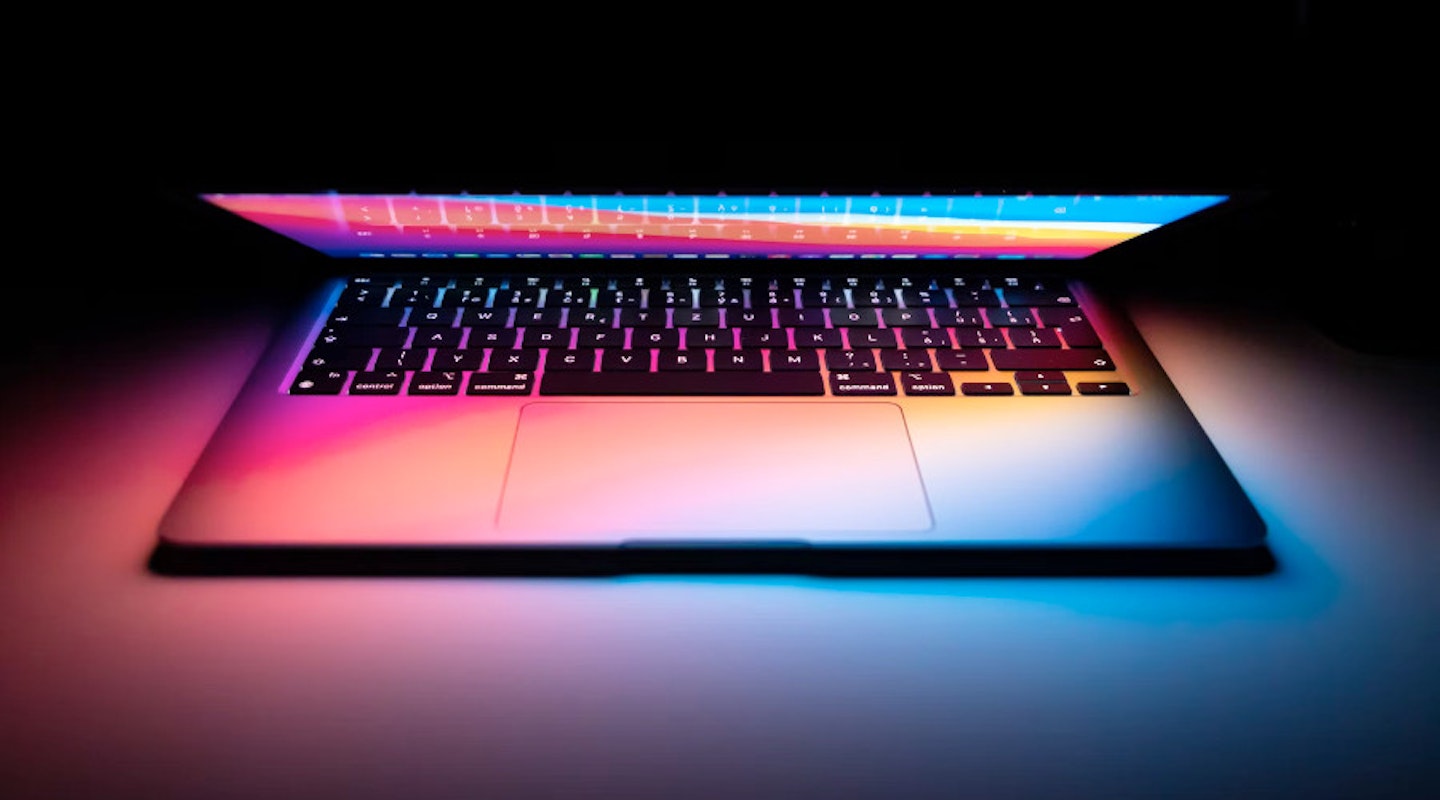
Apple’s retina display across its notebook range was reserved for the MacBook Pro until 2018 when the third generation MacBook Air came out sporting the same pin-sharp hi-resolution.
Today the MacBook Air and 13” MacBook Pro both glow 2560 X 1600 pixel resolutions (227 pixels per inch) across a 13.3-inch screen: officially retina. The 14” and 16” models bump this up, but still offer the same ratio of 254 pixels per inch across the two screen sizes.
However, the higher-end Pros also feature Apple’s Liquid Retina XDR: an improved dynamic range with a wider contrast ratio for highlights, shadow details and true-to-life colours. They also feature ProMotion for the first time, improving refresh rates for the most responsive motion ever brought to a Mac screen.
Verdict: Apple’s pixel density on its retina display is breathtaking and a real sight to behold. The Liquid Retina XDR and ProMotion features of the 14 and 16” inch MacBook are even more impressive, but for casual everyday laptop use – typing, watching a video or surfing the web – the 2560 x 1600 displays should be more than enough.
RELATED: Best Deals On Apple MacBook Air
Portability: Pick Up Where You Left Off

Since the release of the first-generation MacBook Air back in 2008, Apple has plugged the portability of the computer over its rivals and even over the other notebooks in its range.
For a long time, the MacBook Air was considerably thinner and lighter than the MacBook Pro and now discontinued MacBook, but this gap has unequivocally narrowed with the latest generation.
Today the MacBook Air has the same footprint as the 13” MacBook Pro at 30.41cm x 21.24cm; the MacBook Air’s thickest point measures 1.161cm and tapers to 0.11cm, while the Pro is 1.56cm thick and does not taper.
Place the two laptops side by side and their profile differences will take a second look to fully appreciate.
The MacBook Air is slightly lighter than the 13” MacBook Pro but only just, weighing in at 1.27kgs and 1.36kgs respectively. Go up the Pro range and things get a little bigger and heavier.
Obviously, the larger screens increase the overall footprint of the two bigger laptops, but the weight goes up substantially – 1.59kgs for the 14” edition and 2.7kgs for the 16”.
Verdict: MacBook Pros are by no stretch heavier or cumbersome laptops as they’re built using sturdy lightweight materials throughout. The base model Pro is nigh on the same size and weight as the cheaper Air, but the latter still pips it for portability – just.
If you're after something a bit more affordable, check out our list of the best laptops under £1000.
Battery: Charger than life
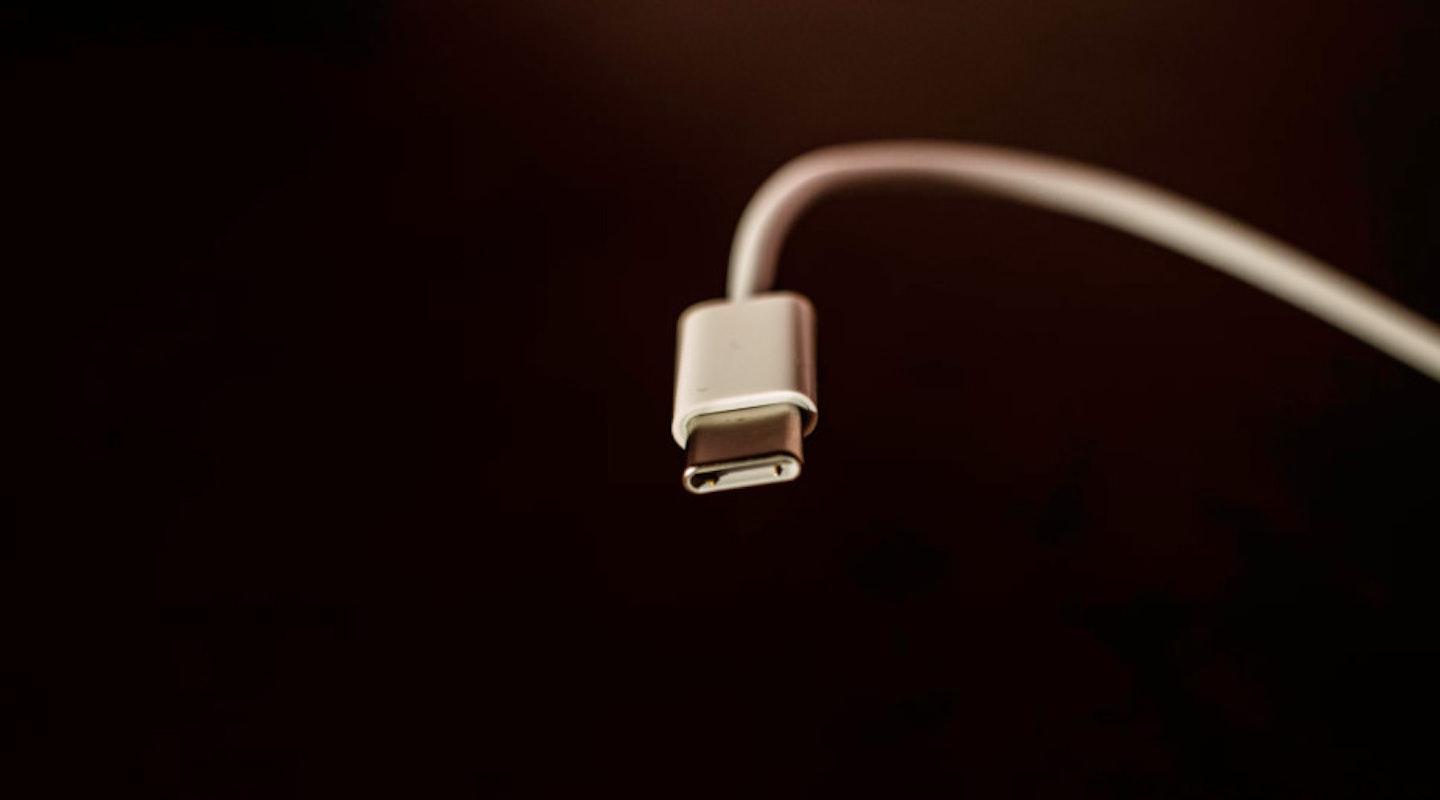
This is where things get interesting. The latest generation MacBook Air made a gargantuan leap forward over its predecessor in terms of battery, now offering 18 hours of battery life – six hours more than the last. The 13” MacBook Pro betters this with an impressive 20 hours for all-day use between charges.
Interestingly, the more powerful 14” Pro option offers up to 17 hours of battery, less than both the Air and the base model Pro, while the 16” edition trumps them all with a whopping 21 hours.
Verdict: All impressive, but some perhaps not as impressive as they should be. If you want unrivalled battery performance, go for the 16” Pro. If you want a steady middle ground for a decent price, go 13” inch Pro.
Final Verdict:
Apple is a byword for quality, ingenuity and clean minimalistic packaging. Whichever MacBook you buy will surely impress you, but the decision of which to get ultimately comes down to your needs.
If you want a light, portable laptop that’s still very powerful with a great display, go for the MacBook Air over the 13“ MacBook Pro. The two share much of the same performance stats, dimensions and similar battery life, yet the Air has a starting price £300 cheaper than the 13” Pro.
If you’re looking for better performance, faster graphics and an all-day battery to suit your computing needs, you really need to go Pro – top-end Pro. These laptops are a marvel of form and function, but be prepared to dig deep: the 14” model starts from £1899.00 while the 16” model starts from £2,399.00. Chuck a few upgrades in on your configuration – the bigger Pros offer far more room for this – and your new laptop could cost well over £3000. Just something to keep in mind.
Thinnest and lightest MacBook
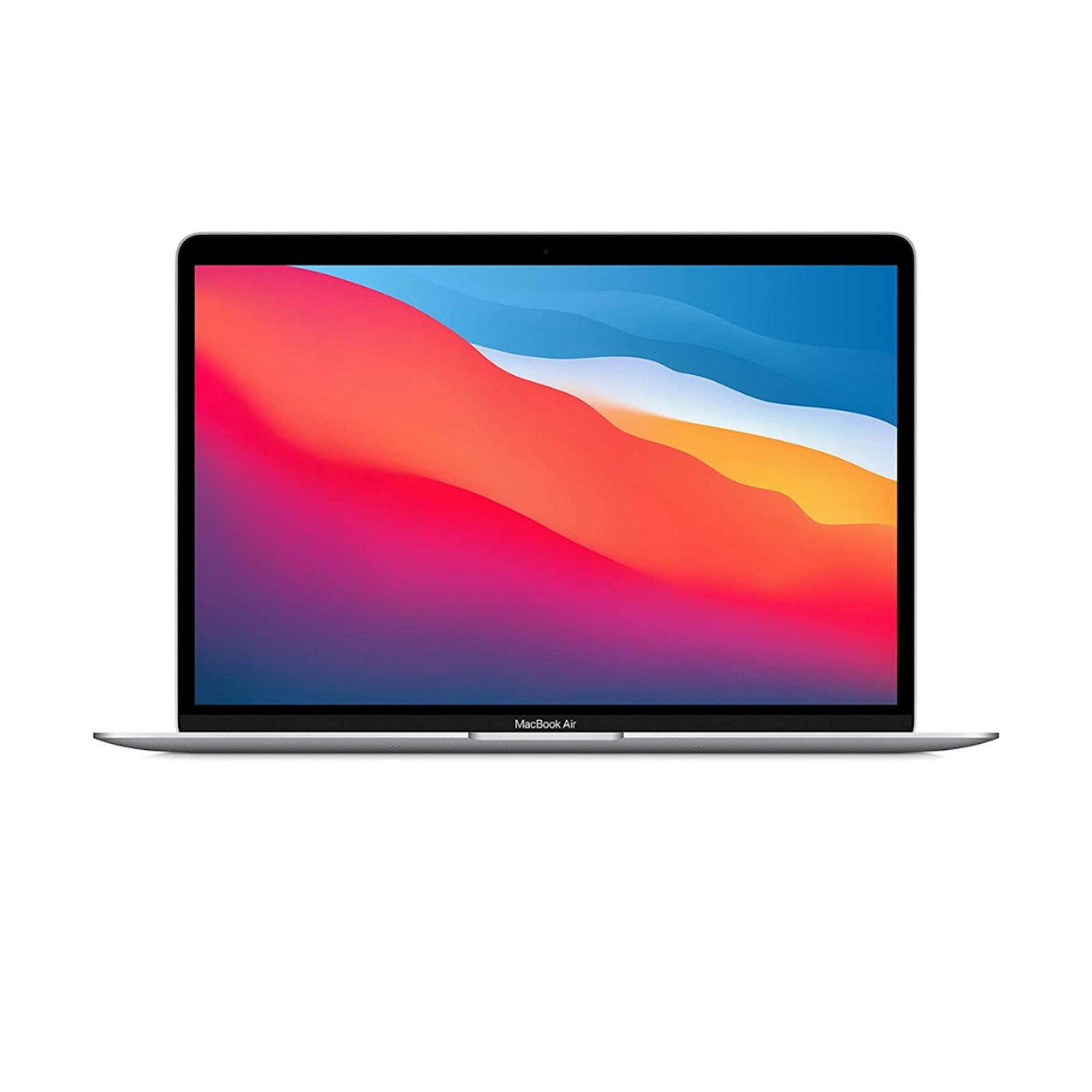
www.laptopsdirect.co.uk

